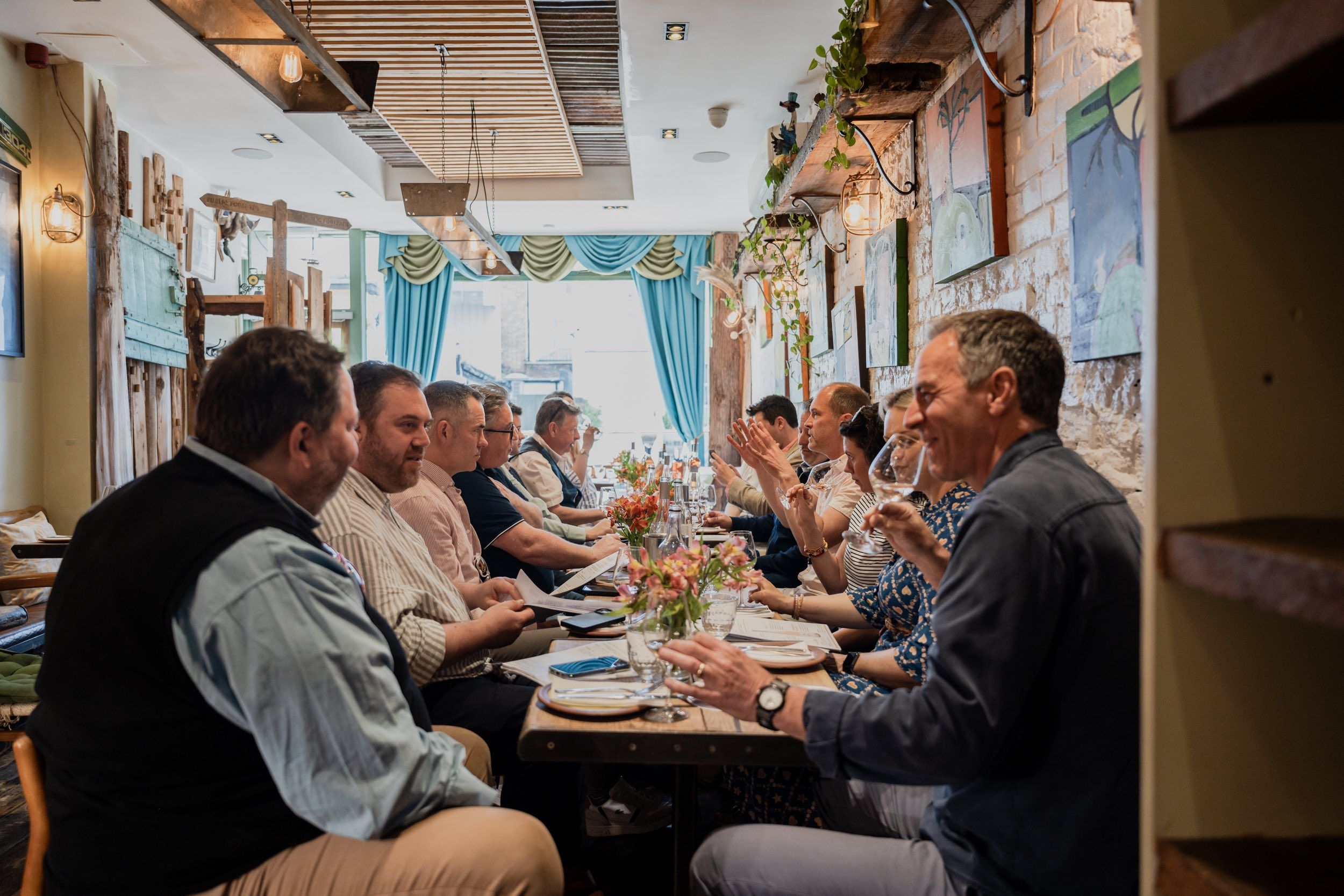To best showcase how well Provence rosé wines can match and pair up with different styles of cuisine The Buyer and Vins de Provence teamed up with three restaurants serving cuisines you might not normally associate with Provence rosé, venues that could challenge and inspire Provence rosé wines at the same time, offering the chance to see how Provence rosé performs against different ingredients carefully selected from our partner restaurants.
A chance to showcase the quality, expertise, diversity, versatility and gastronomic potential of Provence rosés.
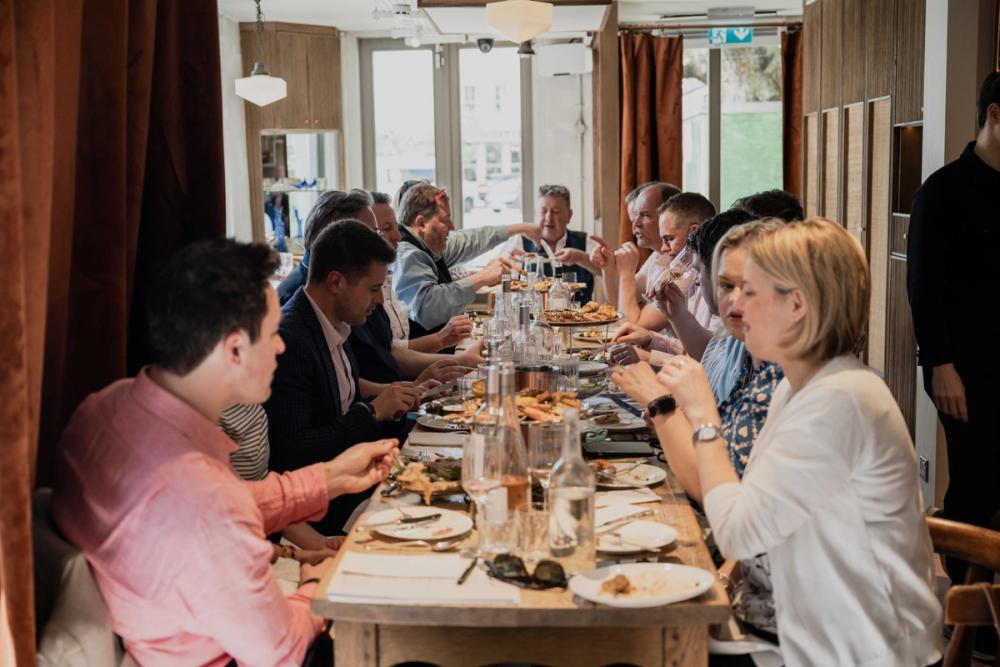
The Provence Rosé Restaurant Tour brought leading wine figures together to share a Provence rosé afternoon together paired with food from three restaurant down London's Kings Road and Fulham Road
A selection of six wines were chosen for each of the restaurants that took part in the tour. Wines that included cuvées from the 2023 vintage as well as oaked and wines suitable for ageing, which could best illustrate the wines’ gastronomic profiles.
The one caveat being the tour did not involve a typically French restaurant where you might expect to find a good selection of Provence rosé wines. The buyers, therefore, had the chance to taste the wines in the environment to that of their potential wine customers.
The Restaurant Partners
In each restaurant the buyers had the opportunity to try a selection of wines that had been specifically chosen to complement the dishes from that restaurant. Our thanks go to each of the restaurants and venues that took part in the restaurant tour. For the wines and dishes served at each restaurant check the first report here. The three restaurants were:
Rabbit
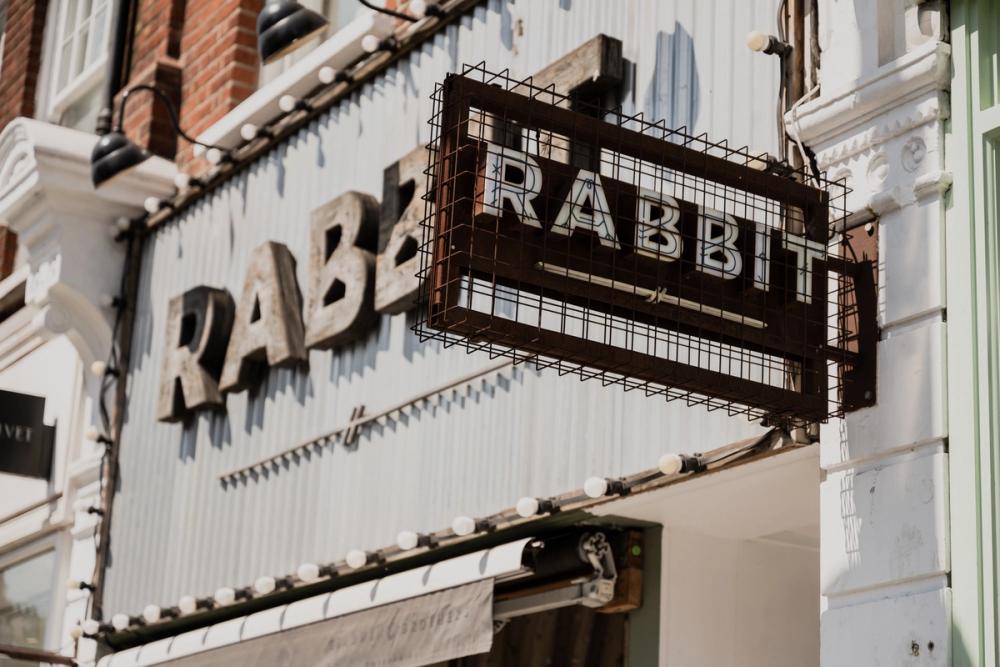
172 Kings Road Chelsea
London, SW3 4UP
www.rabbit-restaurant.com
Rabbit is a farm-to-fork neighbourhood restaurant focusing on sustainability that looks to capture the English countryside's flavours, freshness, and vibrancy with many of its produce, ingredients and meat coming from its own family farm in West Sussex.
Chicama
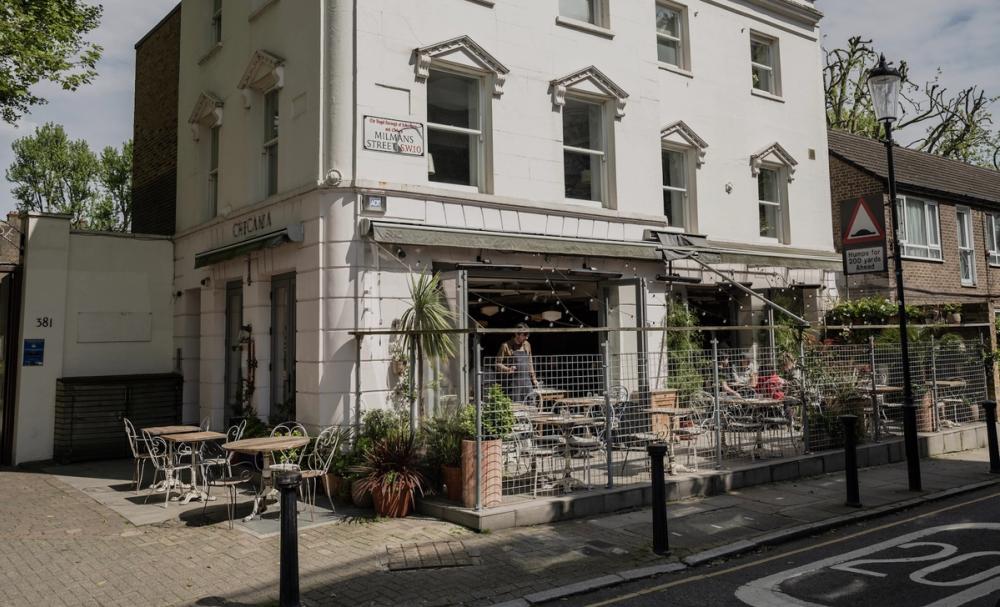
383 King's Rd, London SW10 0LP
www.chicamalondon.com
Chicama is part of the Pachamama Group and is centred on exploring the coastal cuisine of Peru and enhancing it through more contemporary techniques and flavours. Its main focus is on seafood, seasonal vegetables and creating Peruvian inspired dishes.
HUŎ
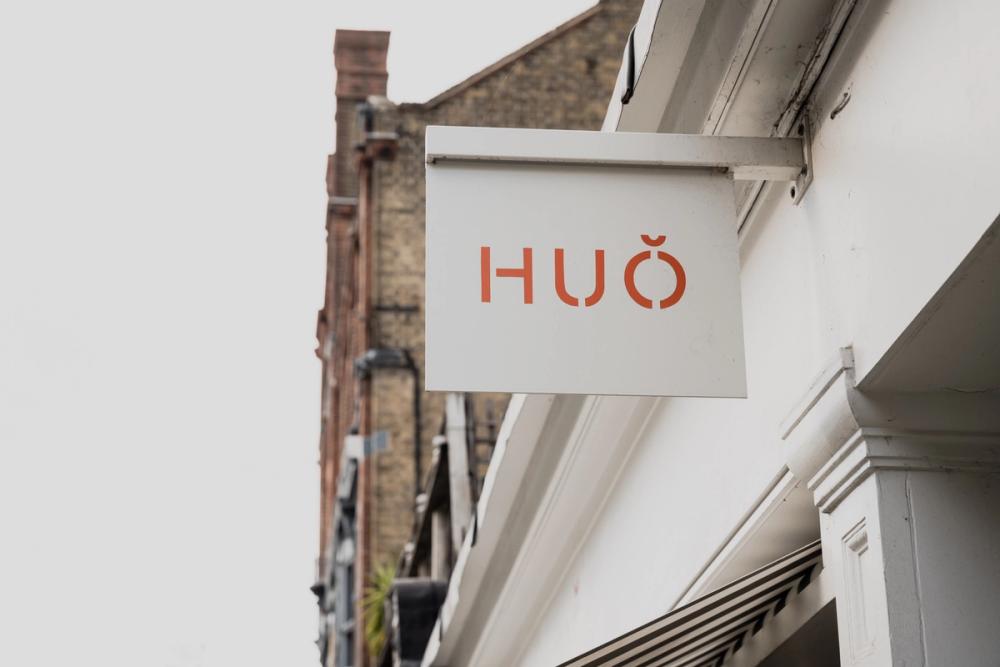
9 Park Walk, London, SW10 0AJ
HUŎ bar & restaurant offers a wide range of clean, fresh and healthy Asian food encompassing carefully selected dishes from around China and Southeast Asia, all prepared from scratch using traditional Chinese, Thai, Malay and Singaporean disciplines.
What the buyers’ thought
Richard Leaver, owner of Twin Thieves and co-founder, Savvy Pair.
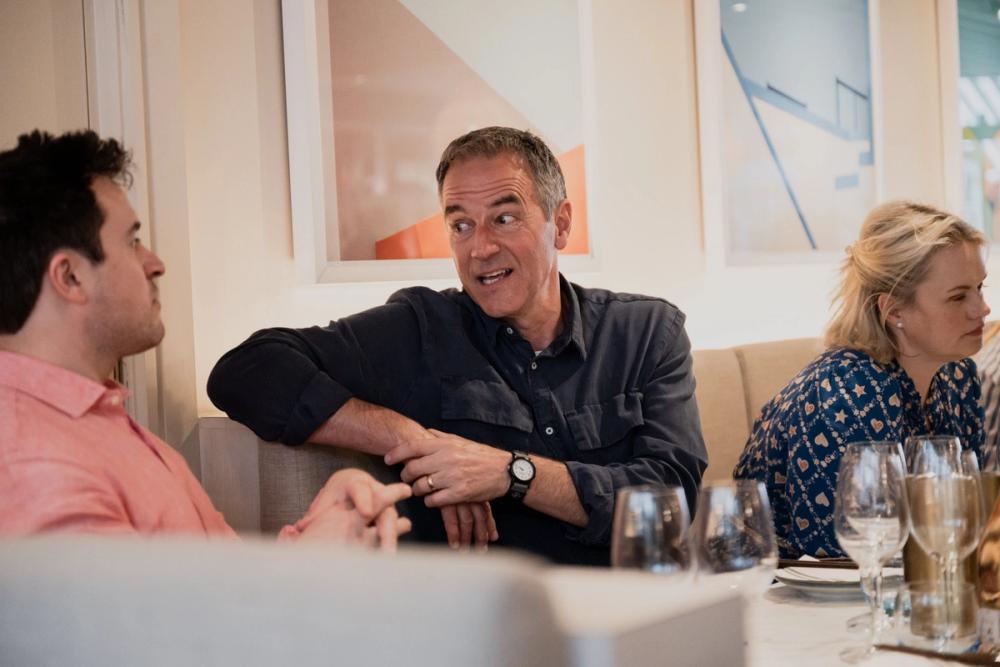
What was your perception of Provence rosé before the tour in terms of its diversity, versatility and quality?
Before coming along then I had visited and imported Provence rosé wines from Château Mesclances. So I think of beautiful properties nestled in sunlit vineyards producing often several qualities. After the tour, though, my eyes were very much opened on diversity but especially on quality. Ray's explanation of the scientific rigour that accompanies where Provence rosé began and how it has developed. Incredible to understand just a little of the lengths they have gone to in studying rosé worldwide and ensuring that details like cork types allow the optimal expression of these wines. You can taste these wines thinking of the place, the sunshine, the beauty and perhaps less of the variation and their constant quest for perfection.
What do you see as Provence rosé's big point of difference and what it should look to build on?
Quality. I've been involved in wines from South West France, Australia, Portugal, Spain, Italy and nothing touches it for quality. Customers love it and the wines carry instant appeal just with their eyes. Some gentle and carefully positioned marketing educating as Ray did would help. It should also help to sustain and grow pricing.
Does it need to do more to explain the complexities and the differences there are between the different appellations and styles of wine?
Yes, as I've said above. But be careful to ensure that the tone of communication isn’t too heavy. The messaging should match the style of the wine, at least as the consumer sees it.
Are you more likely to list and talk about Provence rosé wines as a result of being on the tour - and if yes which styles in particular?
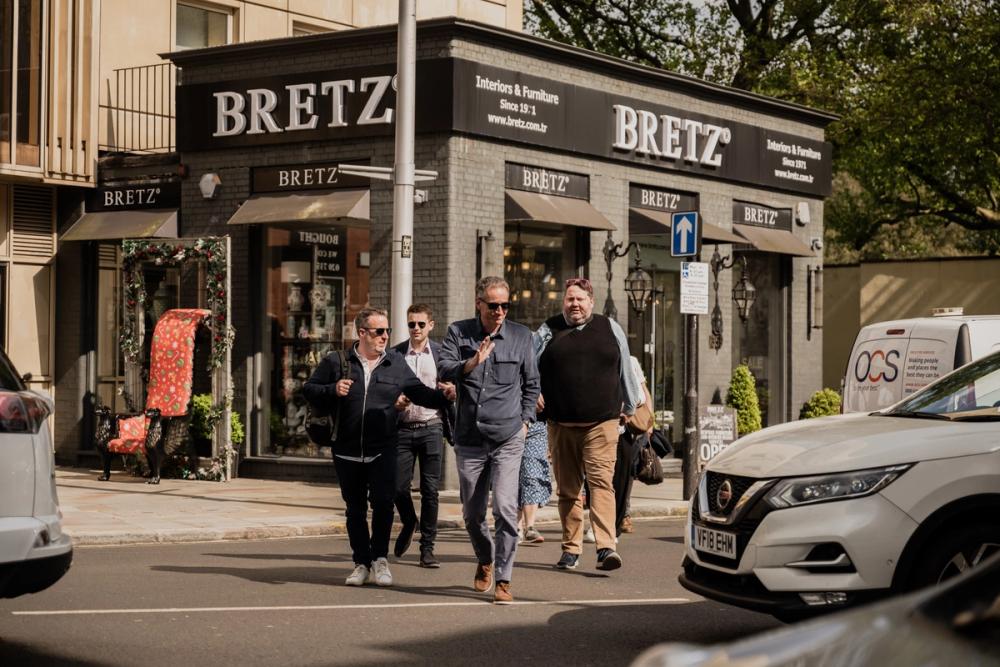
Richard Leaver leads the way from Chicama to the third restaurant HUŎ
I am and I have already! Although it was clear that food pairings did work well, I will continue to talk about those core styles that are most often consumed without food and taste so good.
What price points do you think work best for Provence rosé and can it look to be charging more?
If customers can truly buy into the quality argument and especially become wedded to brands, then they can hold and grow pricing. Generating real followings, as Whispering Angel have been so accomplished at.
Which food and wine matches did you think were particularly successful?
Loved the Peruvian dishes best. Perhaps it was the richness of some of the sauces and dishes.
What did you think of the restaurant tour concept?
Loved it. And honestly I have already followed up on a number of the lovely people I met on the day, where mutual opportunities were obvious.
Ben Jackson, communications and PR manager, Hallgarten & Novum Wines
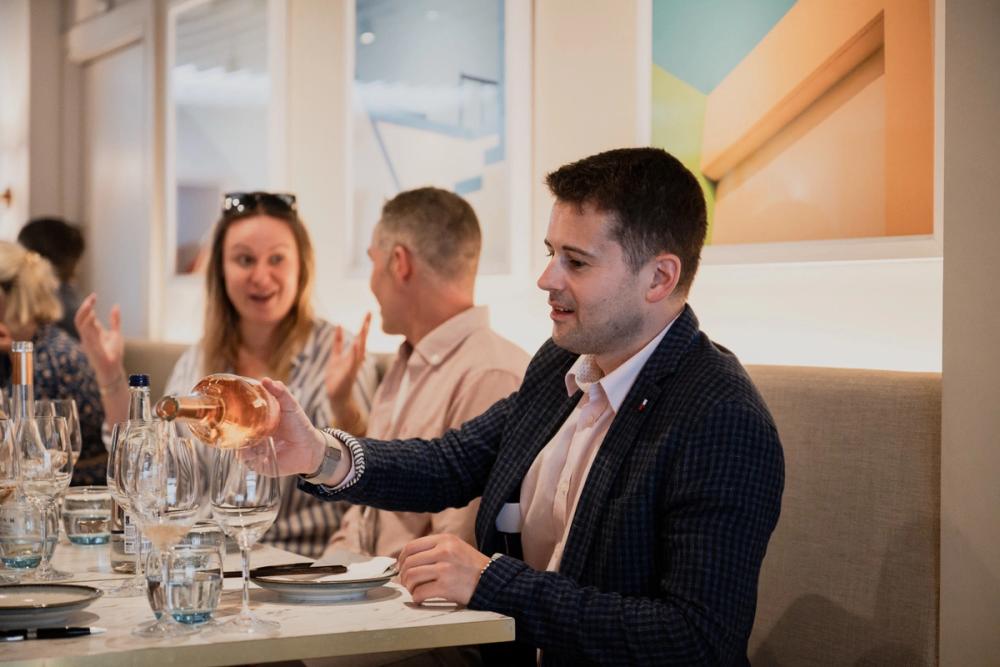
What was your perception of Provence rosé before the tour in terms of its diversity, versatility and quality?
Prior to attending The Buyer Restaurant Tour I did consider Provence rosé to be more of a one trick pony; each producer producing a similar style that rarely positioned it as a premium product. I would not have considered the style as a food wine, but more of a summer sipper.
Did that change at all after tasting so many wines during the day? If so how?
Yes! Throughout the day and on reflection, my perception of Provence rosé escalated. The diverse range of styles and quality was clear, and became a quality substitute for a white wine as a food pairing.
What do you see as Provence rosé's big point of difference and what it should look to build on?
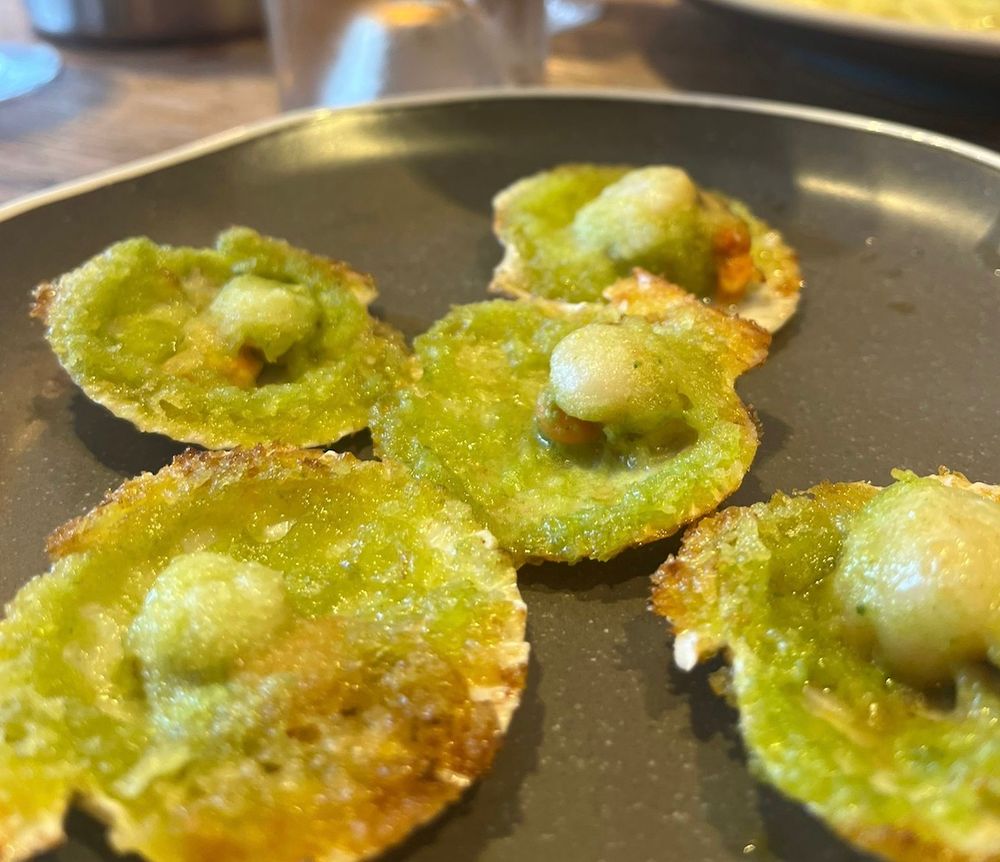
The panel had the chance to sample food from different cuisines like these scallops at Rabbit
Provence rosé has incredible brand presence; similar to Rioja and New Zealand Sauvignon Blanc, it is one of a few wines ordered by customers by the region and style. Producers need to embrace this and see their region as a brand in itself. A wine that is simply named 'Provence Rosé' would fly.
Does it need to do more to explain the complexities and the differences there are between the different appellations and styles of wine?
At the premium end, yes. At the lower to middle end of the spectrum, no. Wine is sometimes over complicated by the trade as we look to educate the consumer on points of difference that separate one wine from another. This is not needed for Provence rosé, and we should acknowledge and maximise the opportunity that a similar name and region will be enough to sell the wine. If it isn't broke, don't try to fix it.
For premium examples of Provence rosé consumers do need to understand what sets the wine apart to justify a price tag. Explaining sub-regions and style differences would help here.
Are you more likely to list and talk about Provence rosé wines as a result of being on the tour - and if yes which styles in particular?
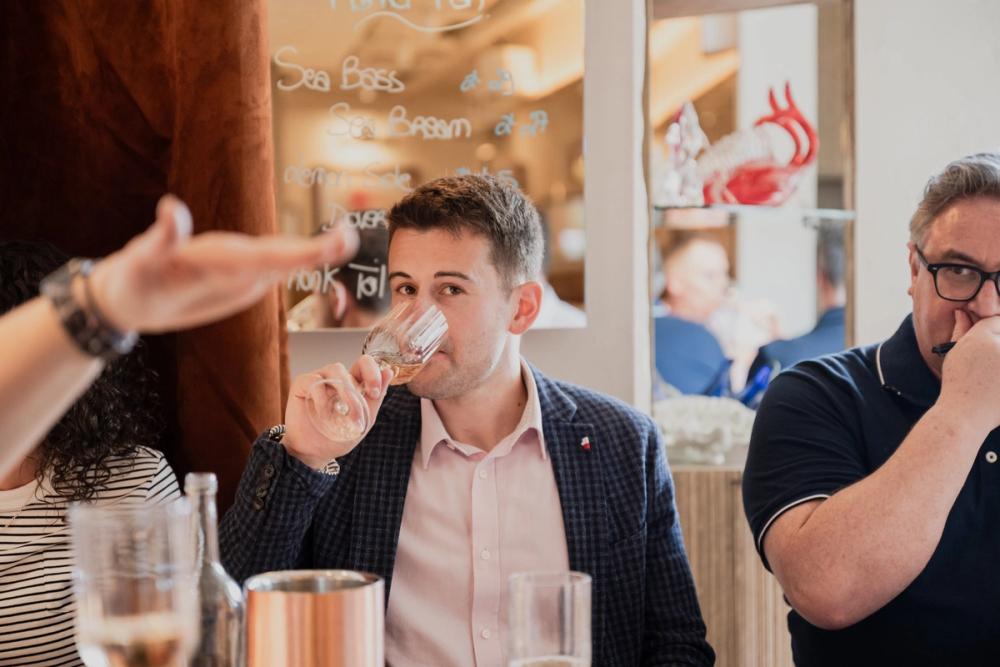
Ben Jackson says his perception of Provence rosé wines increased considerably taking part in the tour
I am more inclined to talk about Provence rosé now than before. Working with a large portfolio of wines, the Restaurant Tour has given me the tools and knowledge to help educate myself and others on what differentiates certain rosés in our portfolio.
What price points do you think work best for Provence rosé and can it look to be charging more?
The sweet spot for a bottle of Provence rosé in retail is around £15-20; Rosé at this level would continue to take its position as the go-to summer sipper and not cheapen the brand. More premium examples could be positioned as food wines.
Which food and wine matches did you think were particularly successful?
The seafood platter was the perfect pairing with all Provence rosés.
What did you think of the restaurant tour concept?
Great idea! The concept positions each wine as food-friendly and puts yourself in the position of the end consumer, experimenting with which cuisines work with which wines. It helps you to experience all elements of the dining experience, paired with focus wines and a focus topic, and discuss it with like-minded peers.
Luke Flunder, wine influencer and founder of Flunder Wines

Luke Flunder has created a large following on social media for his down to earth wine reviews
What was your perception of Provence rosé before the tour in terms of its diversity, versatility and quality?
My perception before attending the event was that Provence rosé stands as the world leader for quality, light, premium and elegant rosé. Provence rosé also has that rare image of being an experience wine - meaning before you even open the bottle it makes you feel good.
Did that change at all after tasting so many wines during the day? If so how?
It more reinforced this view. There is a long way to go before another region is known for rosé like Provence is and even if another region does pop up it will be known for a different style.
What do you see as Provence rosé’s big point of difference and what it should look to build on?
The experience of opening a bottle of Provence making you feel good. It’s part of the wine’s allure that it instantly transports your feelings/mood which is only going to be more attractive in the coming years.
Does it need to do more to explain the complexities and the differences there are between the different appellations and styles of wine?
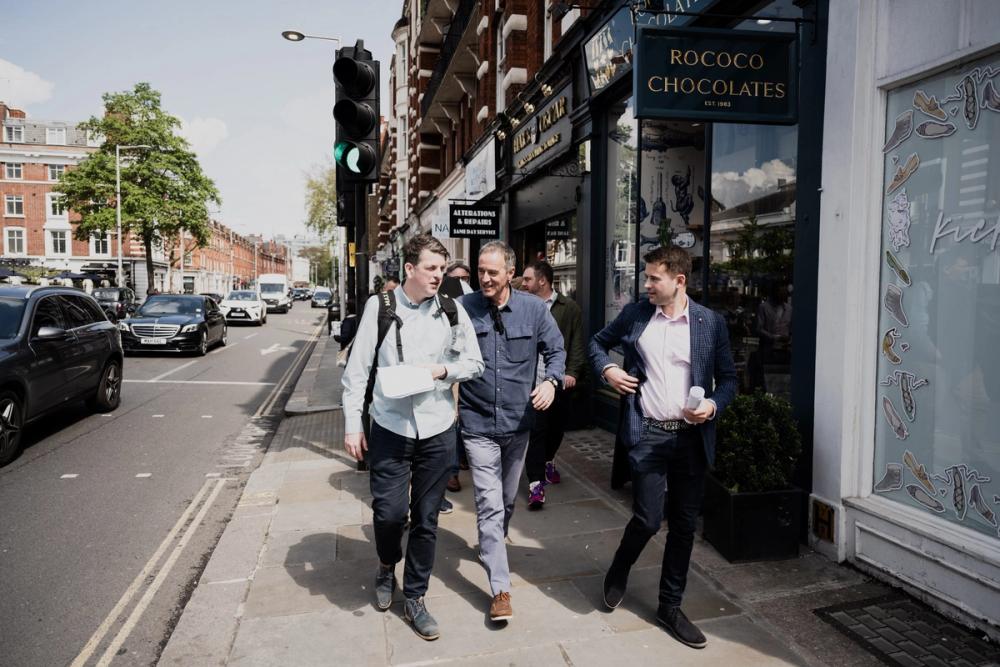
Luke Flunder with Richard Leaver and Ben Jackson heading down the King's Road
In an ideal world to further enhance consumers’ loyalty to the region there would be an understanding of the different zones. However, the reality is the consumer isn’t interested in learning, they want the simplicity of seeing a beautiful bottle of Provence and opening and enjoying the wine.
Are you more likely to list and talk about Provence rose wines as a result of being on the tour - and if yes which styles in particular?
Yes, it makes me think having different Provence rosé at different price points can further enhance and drive sales for a wine list.
What price points do you think work best for Provence rose and can it look to be charging more?
I think Provence rosé needs to be priced at the £13 - £20 mark. It needs to keep its premium feel. There absolutely is a place for higher end rosé as consumers of the wine will inevitably have higher disposable income. The challenge is how you can find a point of difference at this level as Provence style doesn’t lead to more complexity and the further you go away from the lighter the style the further you go away from customer expectations.
Which food and wine matches did you think were particularly successful?
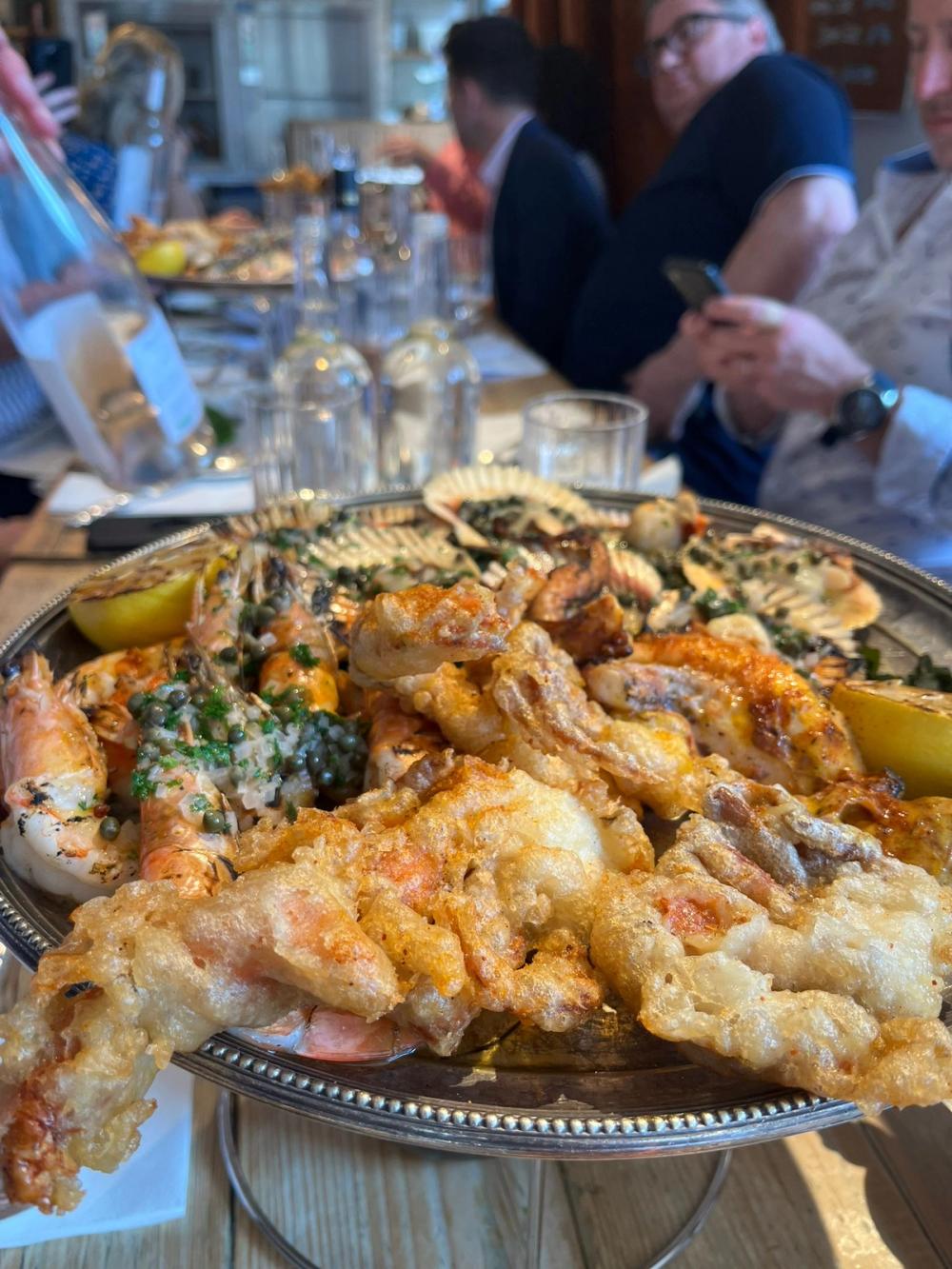
The seafood platter at Chicama was a real hit with the panel and worked very well with the Provence rosé wines
I think the Peruvian seafood dishes worked best on the day.
What did you think of the restaurant tour concept?
It’s a fun concept and a great chance to really get to know others in the industry and it allowed for more of a conversation about the wines and more time to make an opinion. It also brought the wines to life through tasting with different cuisines. It allows attendees to have a real memory of the day and form an association with the region. It can, though, be hard to get a debate going through the whole table and know which wines people are tasting.
Erin Smith, e-commerce and marketing wine consultant
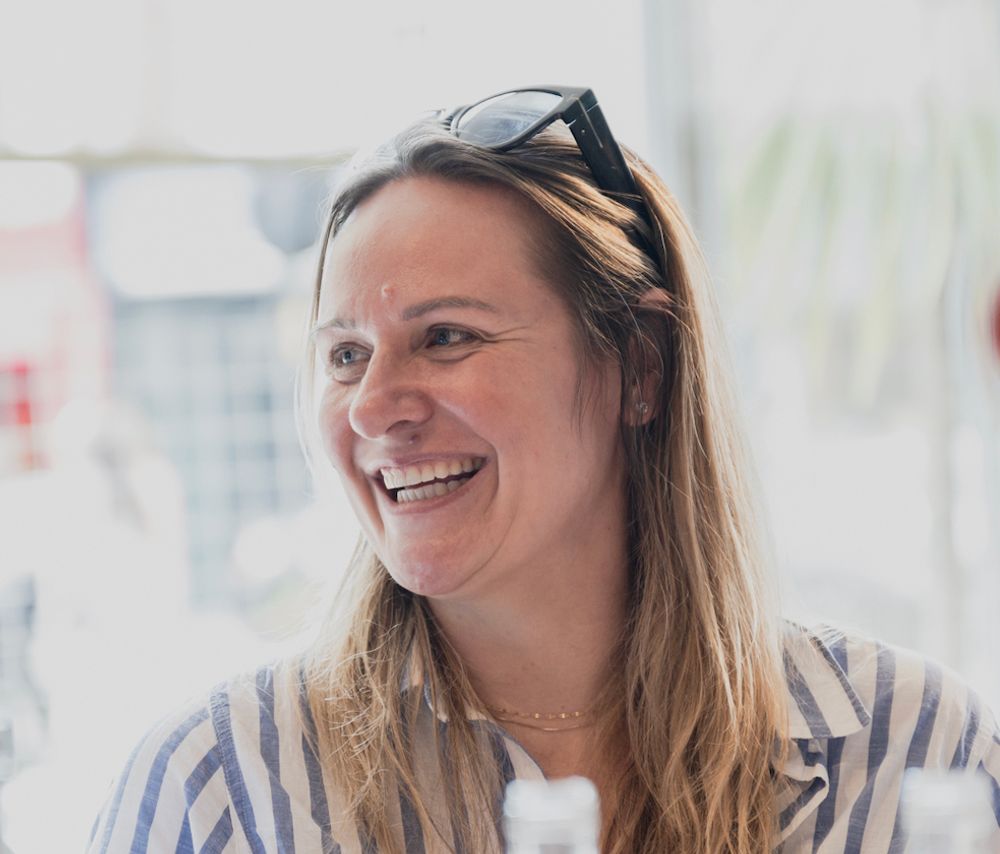
What was your perception of Provence rosé before the tour in terms of its diversity, versatility and quality?
Provence rosé is what I would consider the benchmark style that most producers the world over try to imitate. As a region Provence has done a great job of ensuring that quality and colour plays a crucial role in its production. With a background in DTC, I would that Provence rosé is a must have in any range as it is one of the only regions that consumers seek out in the pink category. Within Provence, I had a lack of knowledge between different subregions within the region itself and was excited to have the opportunity to taste the different sub-regions side by side. It is not often you are presented with such an opportunity and demonstrated that there was far more diversity than I had expected within the region itself.
Did that change at all after tasting so many wines during the day? If so how?
The quality expectations I had of Provence did not disappoint and demonstrated how well the region as whole focuses on quality. However, the diversity within the region was a real eye opener and really demonstrated how nuanced the wines could be. Some were far more grassy and complex than others, but it is easy to overlook this without that side by side comparison.
What do you see as Provence rosé’s big point of difference and what it should look to build on?

Erin Smith and Roger Jones enjoying the bus trip down the King's Road
Provence for some time has focused on being best in class from a quality standpoint in the pink category. And it should continue to do so. It gives it an incredible point of difference. Now, though, with food pairings and production increasing, Provence is able to supply fantastic quality of rosé year round. Getting out of a seasonal drink or gender specific drinker, I think would allow for the category to continue to grow. Doing that while maintaining fantastic quality will be critical though.
Does it need to do more to explain the complexities and the differences there are between the different appellations and styles of wine?
I am not sure the end consumer cares. Provence has done a great job of building a brand that consumers order by name. In time there could be some consumer appetite to understand the differences - like say with a region like Burgundy - but for now its biggest point of difference is being known for exceptional quality within the rosé category. Continuing to support Provence over another region, like an Italian rosé, will continue to be more important, than perhaps understanding smaller sub-regions within Provence.
Are you more likely to list and talk about Provence rosé wines as a result of being on the tour - and if yes which styles in particular?
For the on-trade I think there is a really opportunity to speak with gatekeepers to introduce some of the more complex styles that pair so well with food and not just a sunny sessionable rosé.There is definitely an opportunity there. For online retailers and smaller independents, it would be unfathomable to not have a Provence rosé on the list and something I would always recommend as great way to enhance sales of the category, particularly over the summer.
What price points do you think work best for Provence rose and can it look to be charging more?
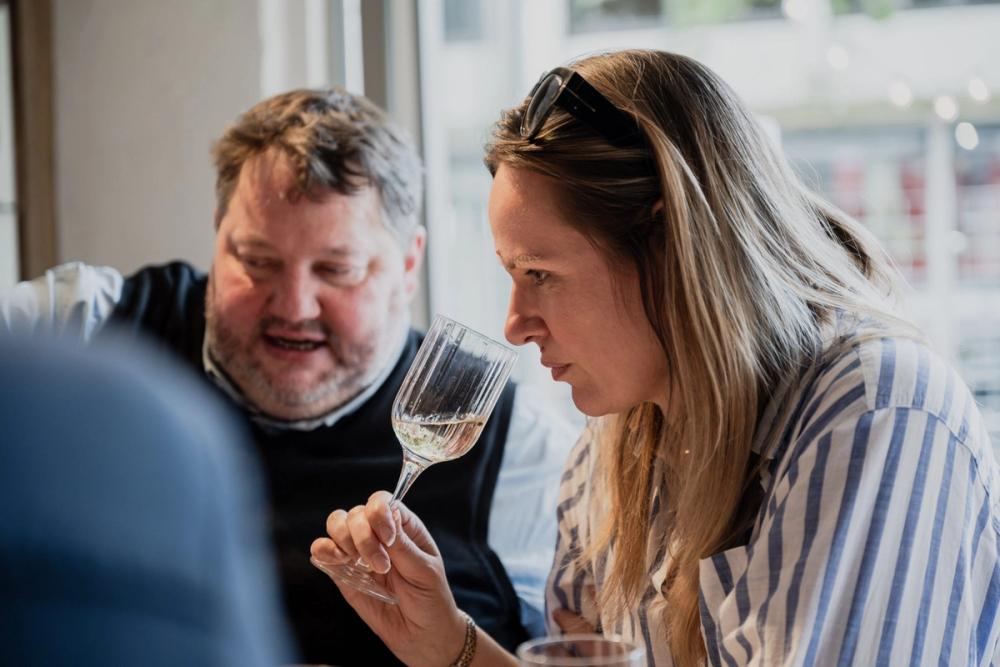
Erin Smith says having Provence rosé as part of your range is a must for online retailers
I think at the moment the prices are inching ever higher. Some of the key brands in the category are pushing an RRP of well over £15 and that rise happened relatively quickly in the UK. Letting prices stabilise and then continuing to slowly continue to raise them as the category continues to grow is a safe play. As more global regions start to play in the category seeing where the threats are in sub £15 space will be important.
Which food and wine matches did you think were particularly successful?
The standout pairing for me was the Peruvian pairing with rosé - wow! It was inventive, not something I would have necessarily been brave enough to try - but what a fantastic combination.
- You can read Part 1 of The Buyer Provence Rosé Restaurant Tour here.
- You can read Part 2 of The Buyer Provence Rosé Restaurant Tour here.
- You can find out more about Provence rosé at the Vins de Provence website here.
